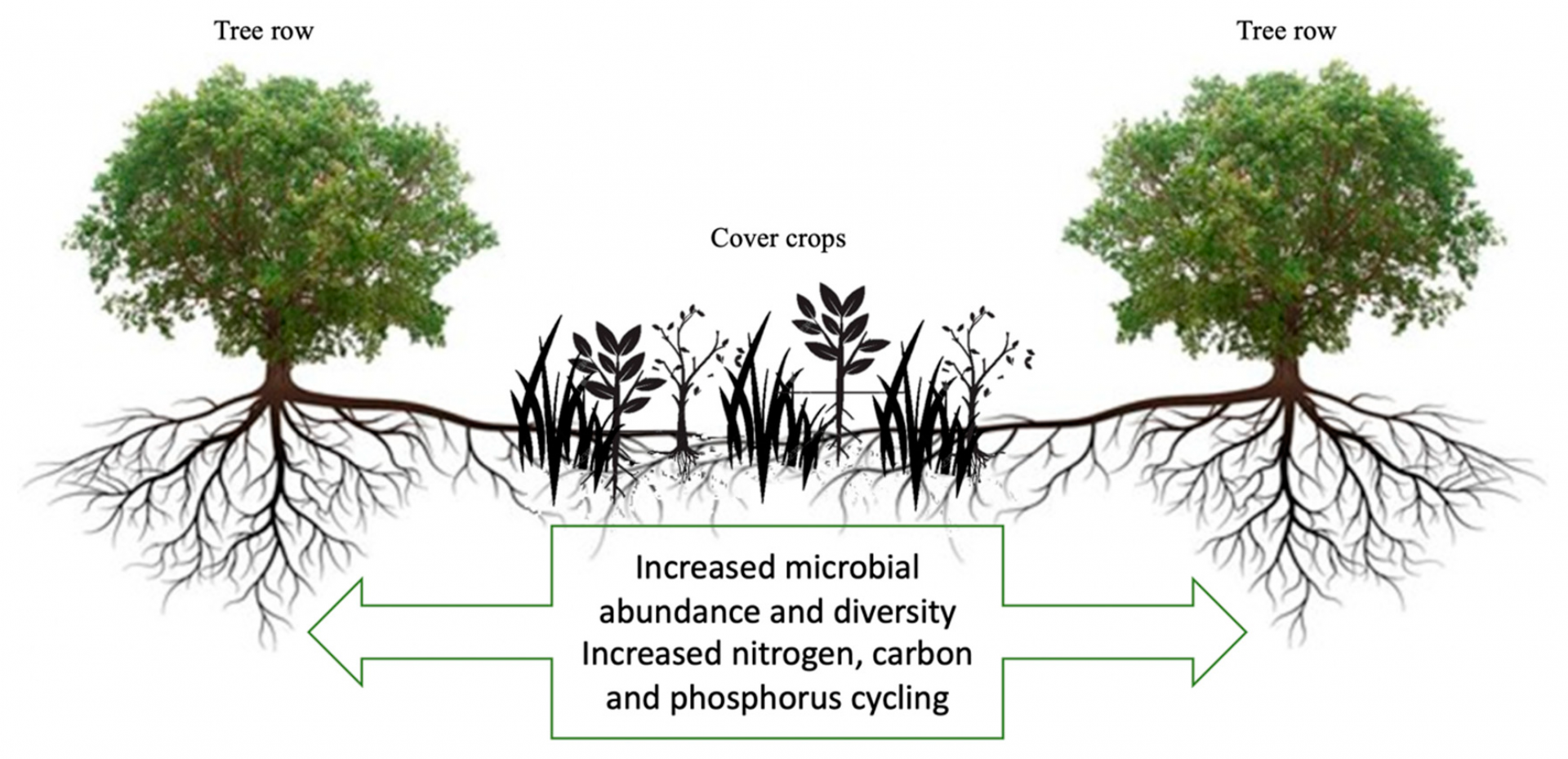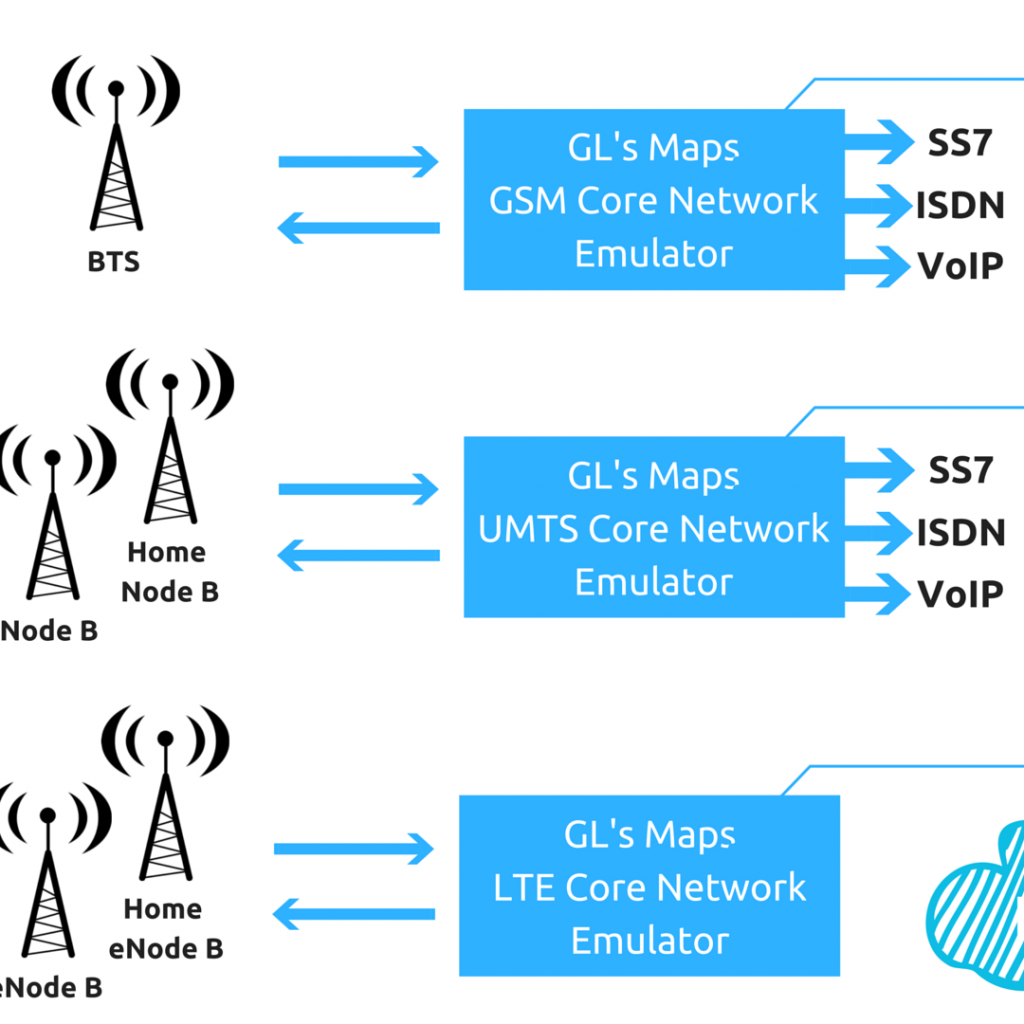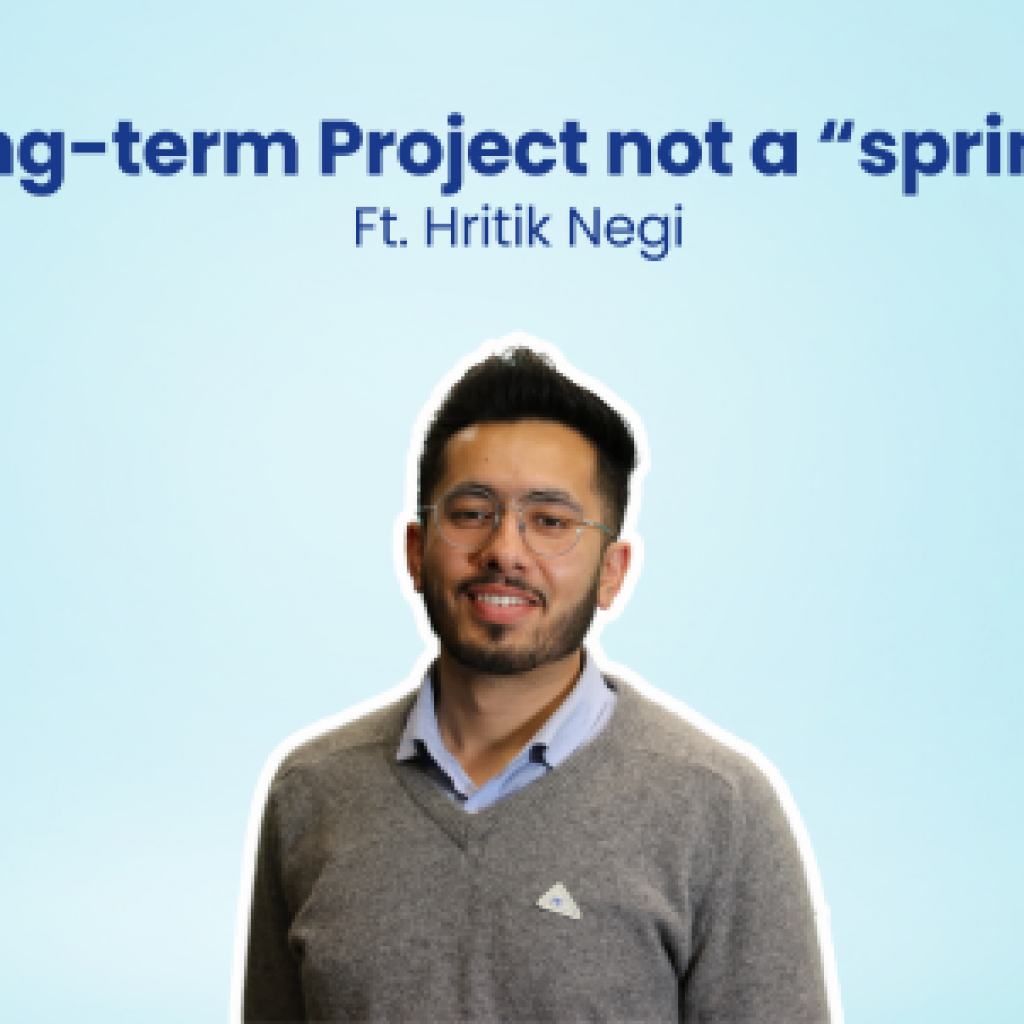Scientists are using microbes to turn urban sludge into organic fertilizers for regenerative agriculture!
Turning food waste, sewage sludge, and crop leftovers into fertilizers that boost crop yields, improve soil health, and reduce greenhouse gas emissions has become a trend. Prominent entities such as Novozymes, Agri Life, Symborg, and Xi’an DELI Biochemical Industry have shown keen interest in this domain by developing new bio-based fertilizers from organic waste upcycling.
Also, microbe-based cover crops are replacing traditional ones. They are eco-friendly, economically advantageous alternatives that require fewer fertilizers and reduce greenhouse gas emissions.
This study explores similar regenerative agriculture trends and the new solutions developed by industry innovators. It is a part of our Agricultural Technology Trends 2024.
Fill out the form below to be among the first to receive the complete report on the latest agriculture technology trends.
Three Gorges Corp and SIDRI’s biochar composition reduces greenhouse gases
Sludge comprises abundant organic materials and essential plant nutrients like nitrogen and phosphorus, making it a viable candidate for conversion into biofertilizers through anaerobic composting. However, this method results in the production of greenhouse gases such as methane and nitrous oxide.
To solve this, Three Gorges Corp and SIDRI have collaborated to develop a modified biochar composition to reduce greenhouse gas emissions in sludge. Biochar combines dried and powdered biomass raw materials such as garden waste or crop straws with an iron salt solution. This composition is subjected to a high-temperature hydrothermal reaction.
The resulting solution is filtered, cleansed, and dried to produce the modified biochar. This process enhances the pore structure of the biochar by damaging hemicellulose and cellulose in the biomass, leading to improved biochar adsorption capacity and increased utilization of the iron salt solution.
Additionally, the modified biochar’s low pH value helps minimize the loss of nitrogen elements during composting, improving the product’s fertility. The hydrothermal process operates at a relatively low temperature, reducing energy consumption and making it cost-effective.
Modified biochar from garden waste and iron salts is a promising option for reducing composting emissions.
Shandong Hengxin Biotechnology produces organic fertilizer from municipal sludge.
Several methods exist to transform sludge into biofertilizers through direct microbial composting. However, this process is hindered by municipal sludge’s high moisture content, poor physical structure, low porosity, and low carbon/nitrogen ratio. Consequently, reduced nutrient release, prolonged fermentation, and high raw materials consumption drive the cost up.
As a solution, Shandong Hengxin Biotechnology has developed a method for producing bio-organic fertilizer from municipal sludge. This process involves a multi-step process that includes dehydration of sludge, pre-fermentation, composting, fermentation, and drying.
Initial findings indicate that organic fertilizer obtained by this process meets the national standards, the microorganism can fully ferment the urban sludge, organic matter content is high, and the heavy metal elements are effectively reduced.
The annual increase in wastewater treatment in most Chinese cities has made it harder to safely treat, dispose of, and recycle municipal sludge. The country also uses three times more nitrogen (N) fertilizer than the rest of the world to meet its soaring food demands. Using this method to create sustainable fertilizers from sludge is an excellent solution to both problems.
Biodelag has developed cost-effective cover crops using microbes!

All cover crops have limitations as no plant can provide all desired benefits. Major limitations include the cost of establishing cover crops, the time required to plant during the busy harvest season, and the need for additional management/planning. Also, soil characteristics can affect cover crop performance.
Using a microbe-based cover crop can provide an economic advantage compared to traditional cover crops. Biodelag’s innovation utilizes environmentally friendly microbial cover crops. These crops reduce atmospheric greenhouse gas emissions, enhance soil carbon sequestration, and minimize fertilizer usage in regenerative agriculture.
This method applies specific microorganisms selected from genera such as Synechocystis spp., Synechococcus spp., and Anabaena spp. They are dried, blended with the medium, and applied to the soil as separate microbe-based products during a crop plant’s off-season.
The soil treatment composition can be applied in various forms, such as a liquid or dry culture, prill, seed coating, irrigation systems, aerial sprayers, or ground application methods like foliar, drench, or injection.
The East Coast states in the US have shown the highest percentages of cover crop acreage. Implementing microbial cover crops can greatly reduce fertilizer use and preserve soil carbon. Moreover, cover crops of this variety can enhance regenerative agriculture in water-limited regions like California and New Mexico.
Conclusion
The global regenerative agriculture market is estimated to reach $16.8 billion by 2027. It is driven by the growing support from governments, organizations, and farmer welfare associations.
Aside from reducing resource consumption and preserving soil integrity, microbial cover crops help minimize the proliferation of soil-borne pathogens. As more farmers recognize their potential for improving soil health, boosting crop yields, and promoting sustainable agriculture, their demand will continue to rise as a crop cover alternative.
To better understand the aforementioned innovations, contact our experts below. They’ll guide you with comprehensive insights into these companies and their technologies.

Authored by: Suborna Chatterjee, Patent Intelligence
Edited by: Hemanth, Market Research
Also read:
How Farm Robots Can Nearly Double The Yield In Agriculture.
Explore Agriculture Technology Trends worth $148 Billion in 2024
Detecting Pests in Agriculture using Artificial Intelligence









